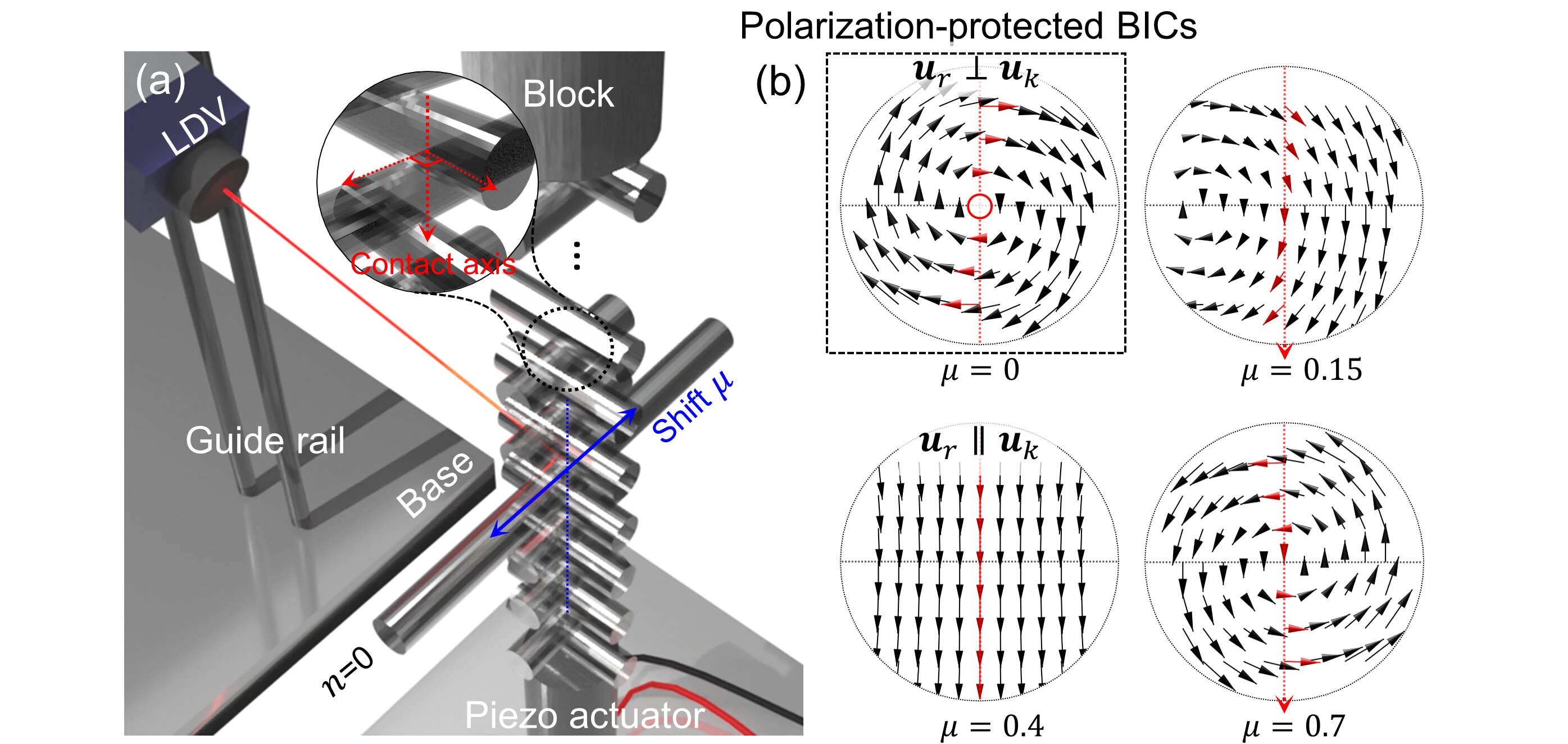

Yeah, that’s the fast & easy way to do it, but you should cut the tops & stems off first, IMO. If the vinegar does not get into the peppers, they can grow fuzzy on the inside.
If you have access to a well ventilated* kitchen, you can make your own hot sauce that can be better than anything store bought. Remove the seeds** and then fry the shit out of the peppers until they start to pop and blacken, caramelizing the sugars. Then pour in a bit of water, just enough to almost cover the peppers, and when the water has evaporated the peppers will be mush. Throw the pepper mush into a blender with just enough salt & vinegar to suit your taste.
Sweet, mild peppers like red jalapenos make a good sauce with very little vinegar. I like to dilute the more intense peppers with extra vinegar until the sauce isn’t overpoweringly hot.
*seriously, don’t try this unless you’ve got a good exhaust fan or can do it outside
**wear gloves



















Also, it can get under your fingernails and burn for WEEKS.